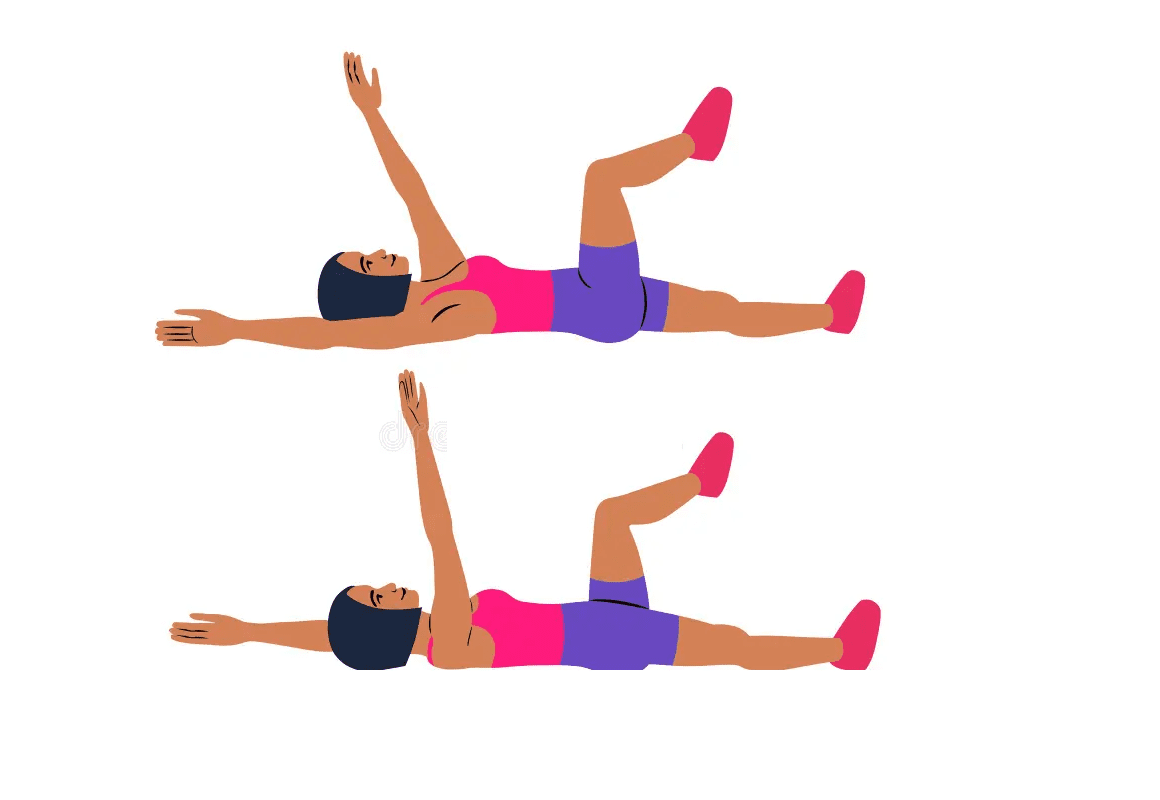Introduction
In today’s world, many of us spend countless hours sitting at desks or looking down at our phones, leading to poor posture. Over time, poor posture can result in back pain, decreased mobility, and a lack of confidence in our appearance. However, by incorporating specific back exercises for posture improvement into your routine, you can correct these issues, stand taller, and alleviate discomfort.
In this post, we’ll explore five essential back exercises for posture that can provide lasting benefits.
Why Good Posture Matters
Good posture isn’t just about standing tall; it affects your overall health and well-being. Here’s why you should care about your posture:
- Reduced Back Pain: Poor posture puts extra strain on your back muscles and spine, leading to chronic pain.
- Improved Breathing: Slouching compresses the lungs, making it harder to breathe deeply. Good posture allows for full lung expansion.
- Enhanced Confidence: Standing tall can improve your mood and confidence, as well as how others perceive you.
- Better Balance: Proper posture improves your balance, reducing your risk of falls or injuries, especially as you age.
With the right back exercises for posture, you can strengthen the muscles that support your spine and improve alignment over time.
5 Back Exercises for Posture Correction
Here are five effective exercises to incorporate into your daily routine to improve posture:
- Cat-Cow Stretch
This stretch mobilizes your spine and strengthens your lower back, serving as a perfect warm-up before other exercises.- How to do it: Start on your hands and knees in a tabletop position. Inhale and arch your back (cow pose), lifting your tailbone and head. Exhale and round your back (cat pose), tucking your chin and pelvis. Repeat for 10-15 breaths.
- Wall Angels
Wall angels improve shoulder mobility and open up your chest, which helps counteract a forward-slouching posture.- How to do it: Stand with your back against a wall, feet about six inches away. Flatten your lower back against the wall and raise your arms in a “goalpost” position. Slowly raise and lower your arms, keeping them pressed against the wall. Do 10-12 repetitions.
- Thoracic Extensions
This exercise targets the middle part of your back, an area that often gets tight due to prolonged sitting.- How to do it: Sit on a chair with a straight back or use a foam roller under your shoulder blades. Gently lean backward, opening your chest as you extend your upper back. Hold for 5 seconds, then return to the starting position. Repeat 10-12 times.
- Shoulder Blade Squeeze
The shoulder blade squeeze activates and strengthens your upper back, encouraging better posture by pulling your shoulders back.- How to do it: Sit or stand tall with your arms by your sides. Squeeze your shoulder blades together, imagining you’re pinching a pencil between them. Hold for 5 seconds, then release. Repeat 10-15 times.
- Dead Bug
The dead bug exercise strengthens your core, which plays a crucial role in supporting your spine and improving posture.- How to do it: Lie on your back with your arms extended toward the ceiling and your knees bent at 90 degrees. Slowly lower your right arm and left leg toward the floor, keeping your lower back pressed into the ground. Return to the starting position and repeat on the opposite side. Perform 10-12 reps on each side.
Tips for Improving Posture
Incorporating these back exercises for posture is a great start, but real results come with making small adjustments throughout your day. Here are some additional tips:
- Set Reminders: Use your phone or computer to remind yourself to check your posture every hour.
- Adjust Your Workstation: Ensure your chair, desk, and monitor are set up to encourage good posture.
- Stay Active: Avoid sitting for long periods by taking short breaks to walk or stretch.
- Engage Your Core: Keep your core muscles engaged while sitting or standing for better support.
Mistakes to Avoid
While working to improve your posture, avoid these common mistakes:
- Not Engaging Your Core: Good posture starts with a strong core. Failing to engage your abdominal muscles can lead to slouching, even with regular back exercises for posture.
- Overextending During Stretches: Avoid pushing too hard while stretching to prevent muscle strain.
- Ignoring Shoulder Position: Forward-rounded shoulders are a common posture issue. Focus on exercises like shoulder blade squeezes to pull your shoulders back.
Conclusion
Improving your posture doesn’t require a complete lifestyle overhaul; it just requires consistent effort. By incorporating these back exercises for posture into your routine and making small adjustments, you’ll stand taller, feel better, and reduce your risk of back pain and injury. Start today, and enjoy the benefits of good posture for years to come.





